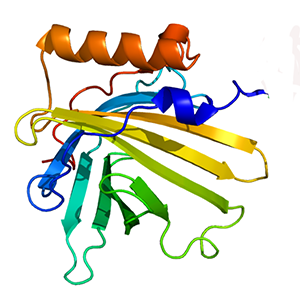Increased plasma lipocalin-2 levels correlate with disease severity and may be a marker of acute inflammatory response in patients with psoriasis
More than a skin disease, psoriasis is also considered a systemic disorder. Lipocalin-2, an adipokine, may be a link between psoriasis and systemic inflammation. We conducted this study to measure the plasma level of lipocalin-2 and investigate its relationship with the clinical manifestations in patients with psoriasis. We assessed 62 patients with psoriasis and 31 healthy controls. Their demographic information and clinical characteristics were determined by physical examination and review of the recorded medical history. Plasma lipocalin-2 levels were measured using an enzyme-linked immunosorbent assay. Plasma lipocalin-2 concentration was significantly higher in patients with psoriasis than in the control group (P<0.001). Patients with acute psoriatic subgroups, including psoriatic erythroderma and pustular psoriasis, had significantly higher plasma lipocalin-2 levels than those with the chronic plaque type. In addition, plasma lipocalin-2 concentration positively correlates with the disease severity index, including the psoriasis area severity index, body surface area, high-sensitivity C-reactive protein, nail psoriasis severity index, and pustular severity index. In patients with psoriasis, increased plasma lipocalin-2 levels correlated with severity and indicated an active disease state. These findings suggest that lipocalin-2 may play an important role in determining the pathogenesis of acute psoriasis and may serve as a valuable clinical biomarker of this disease.





 https://doi.org/10.4081/dr.2022.9469
https://doi.org/10.4081/dr.2022.9469





